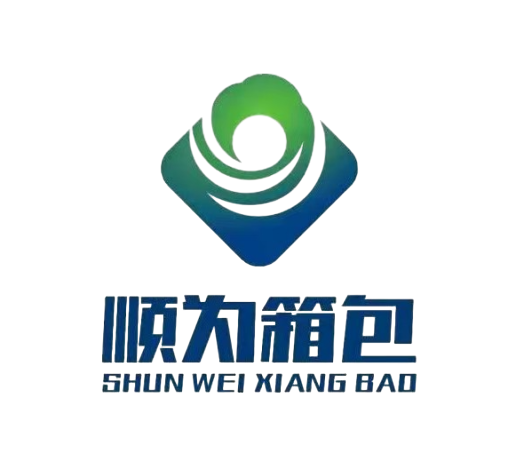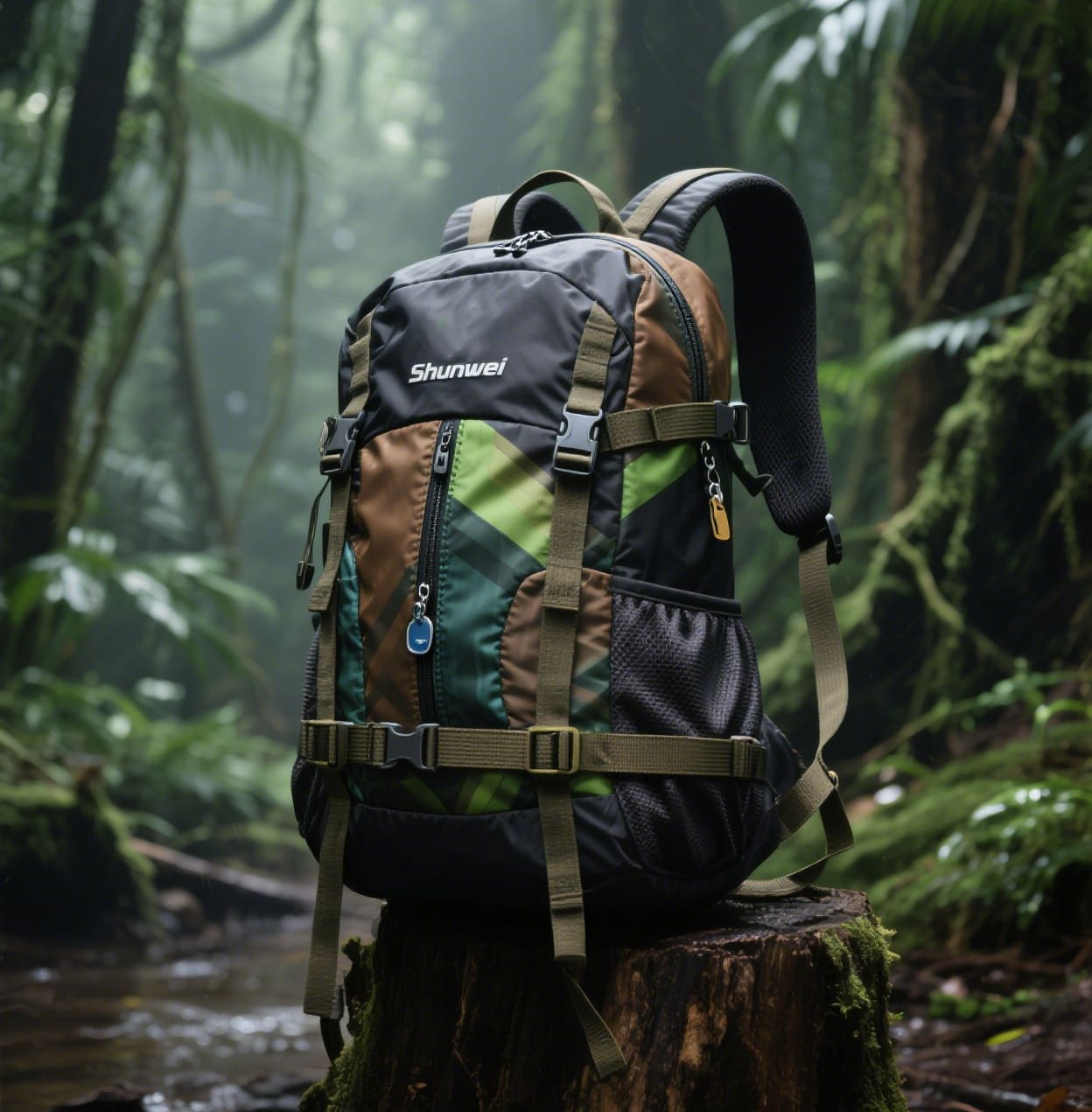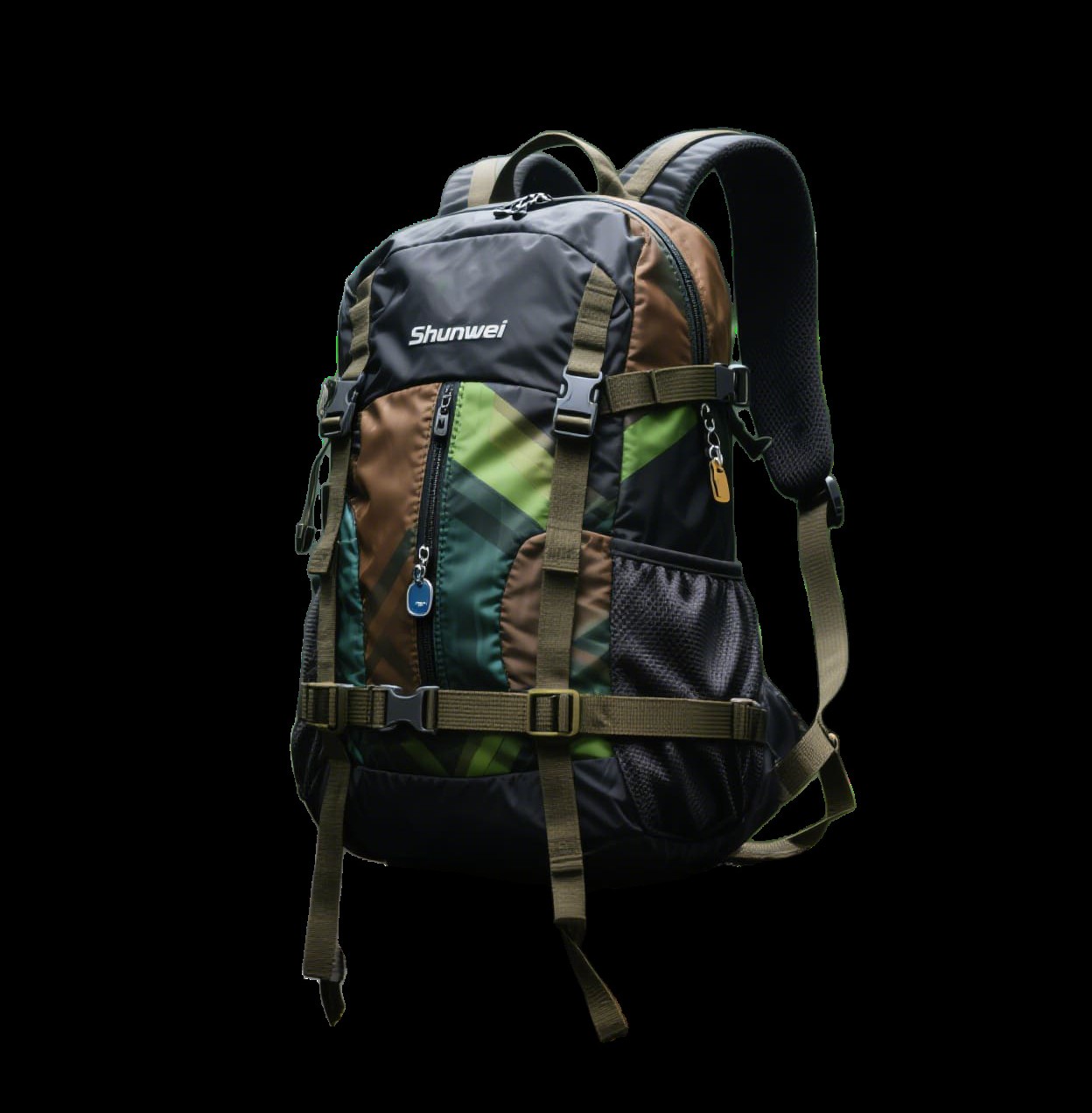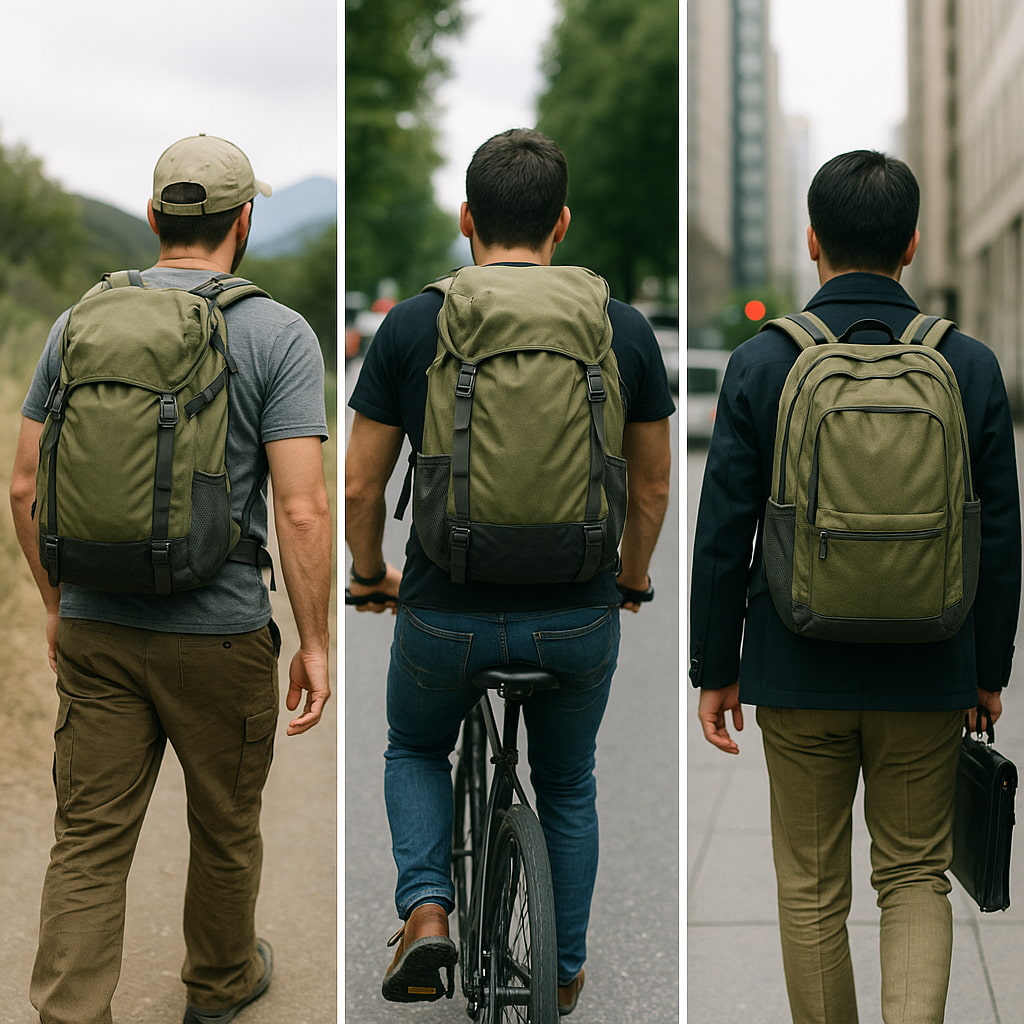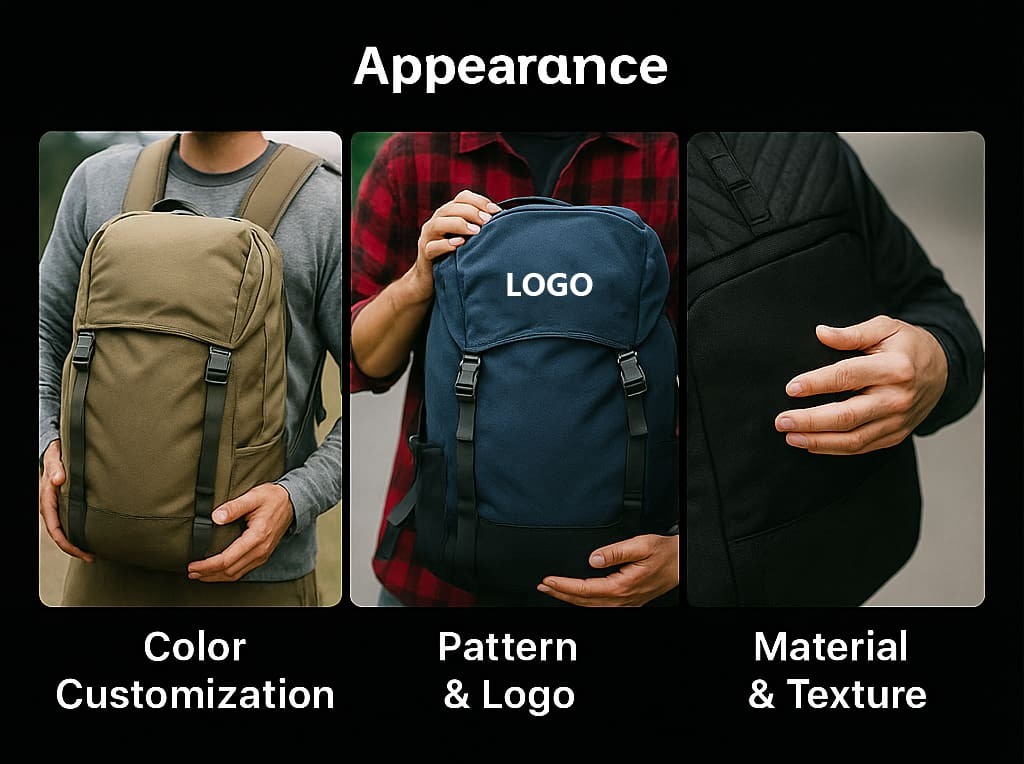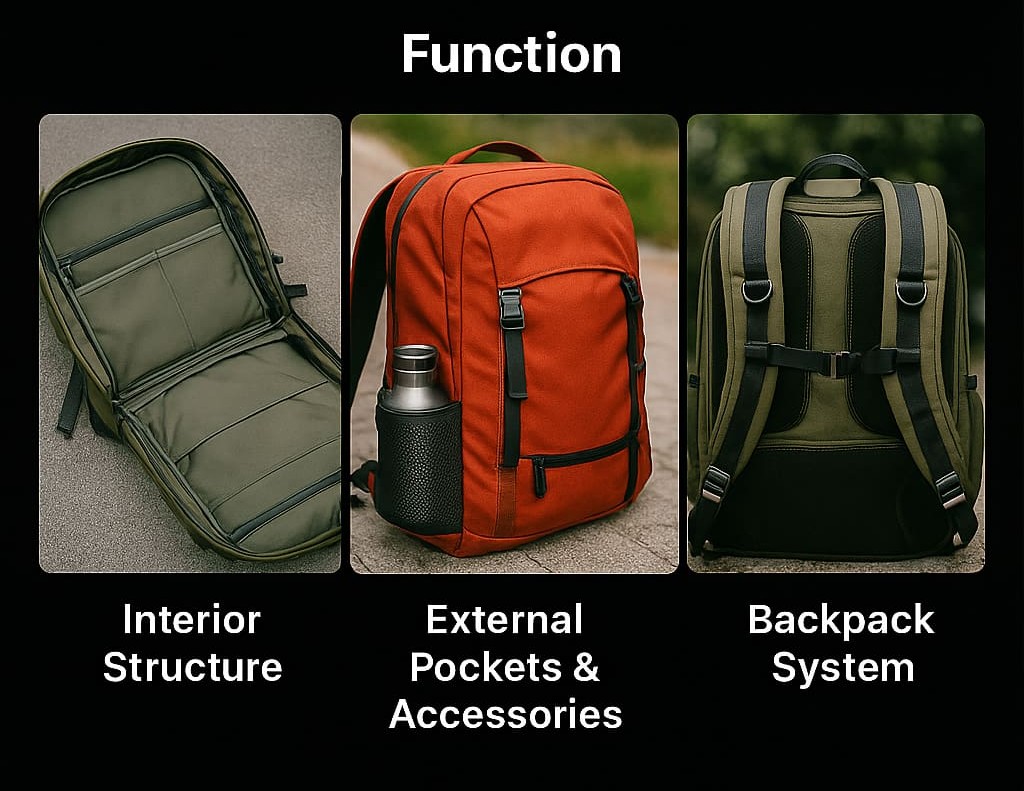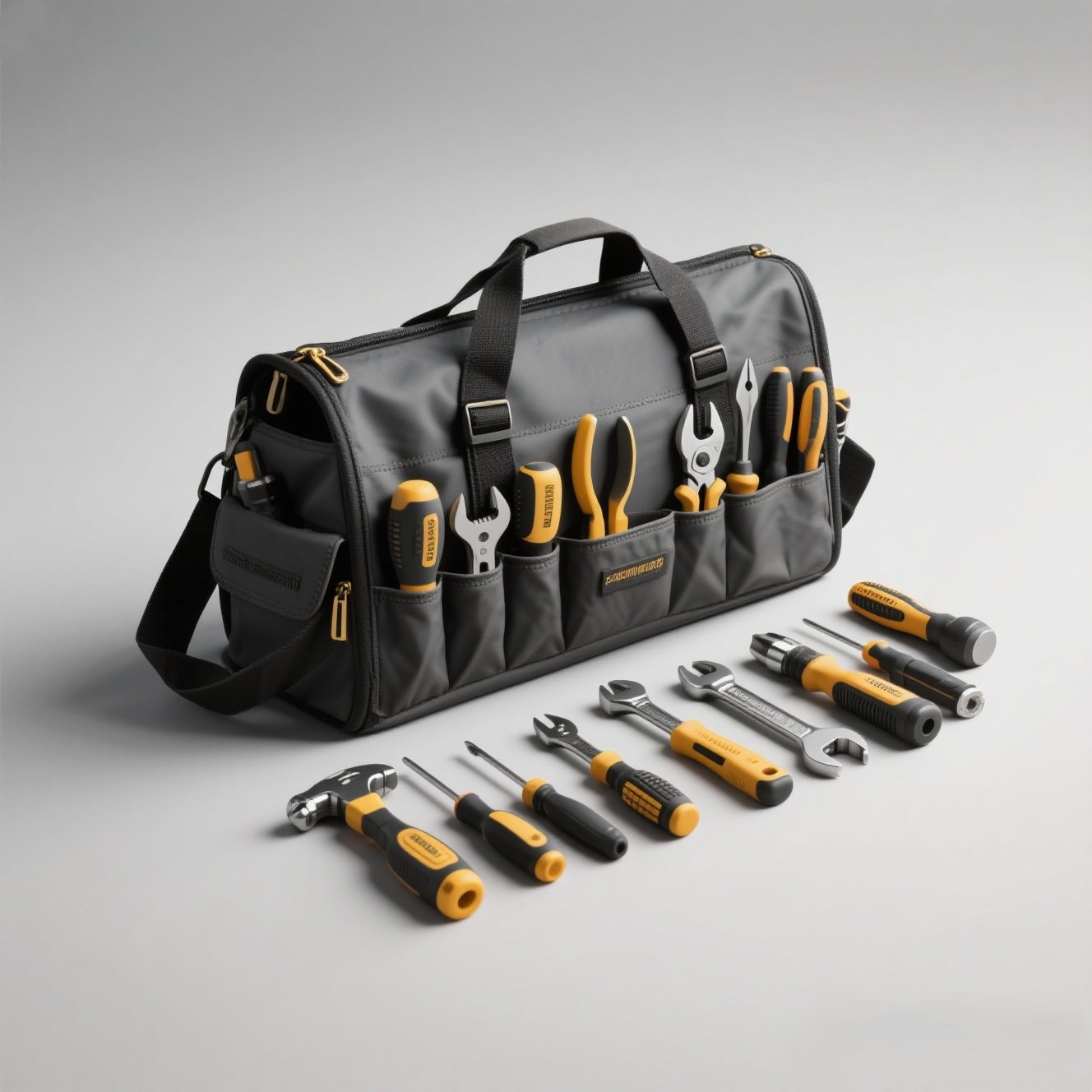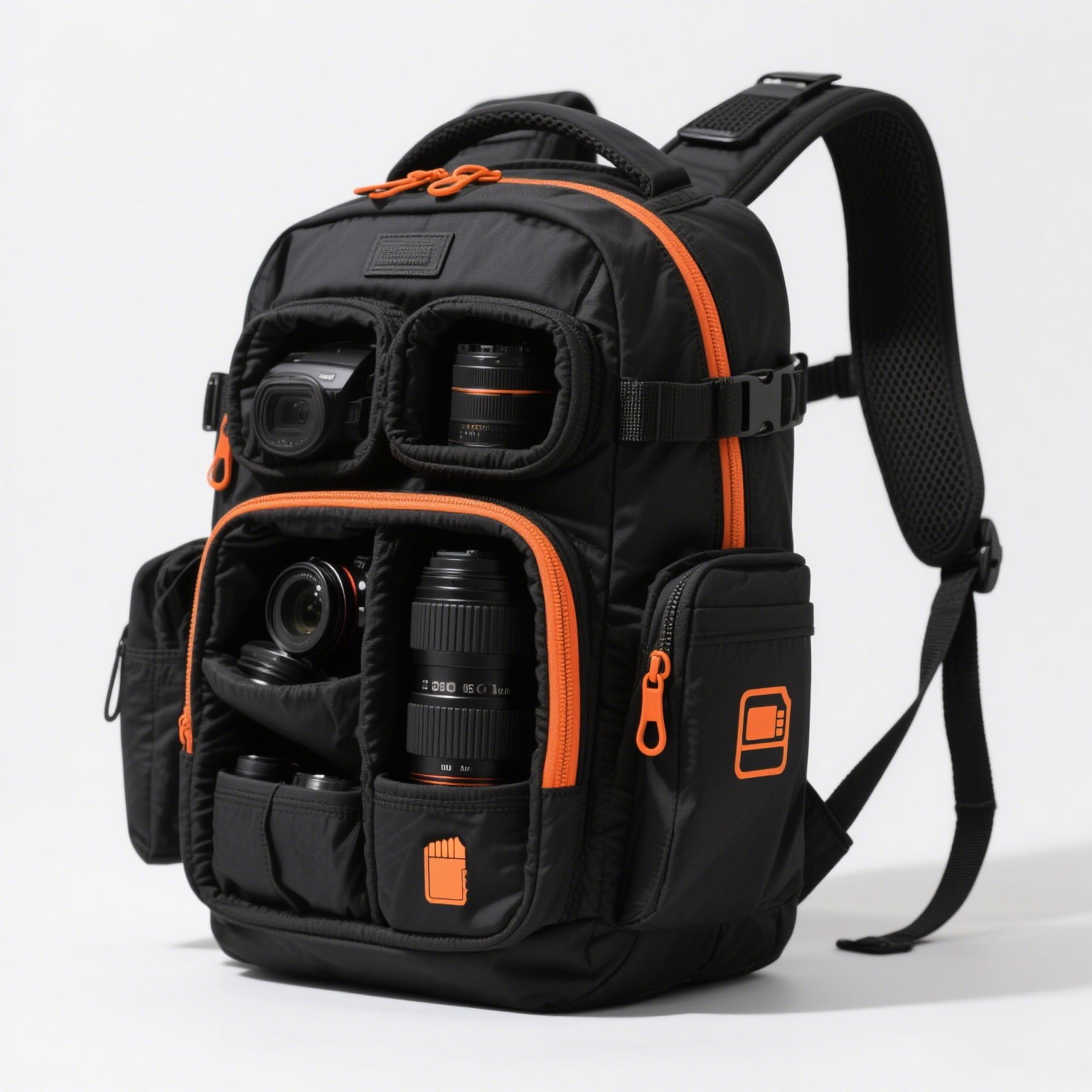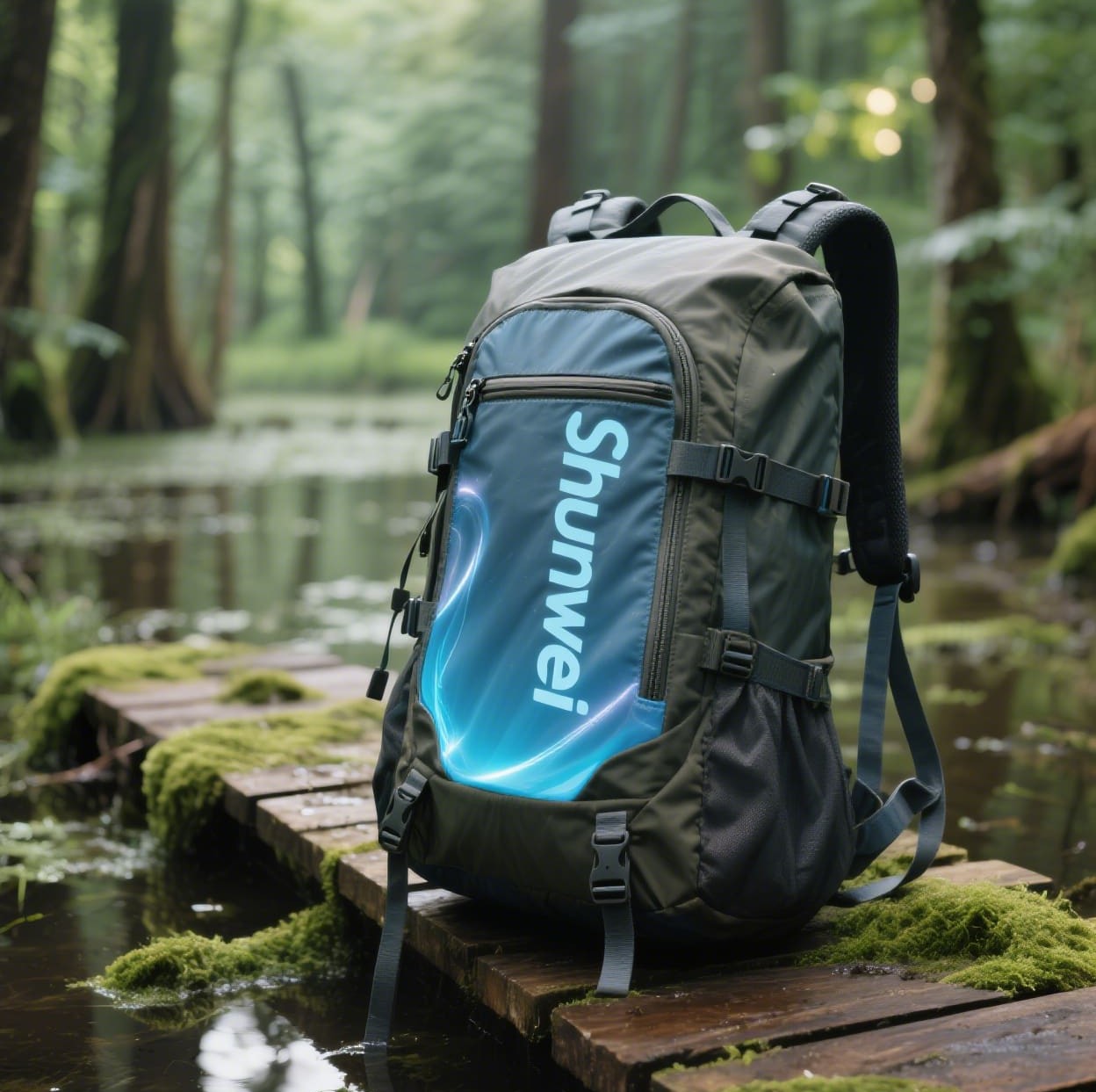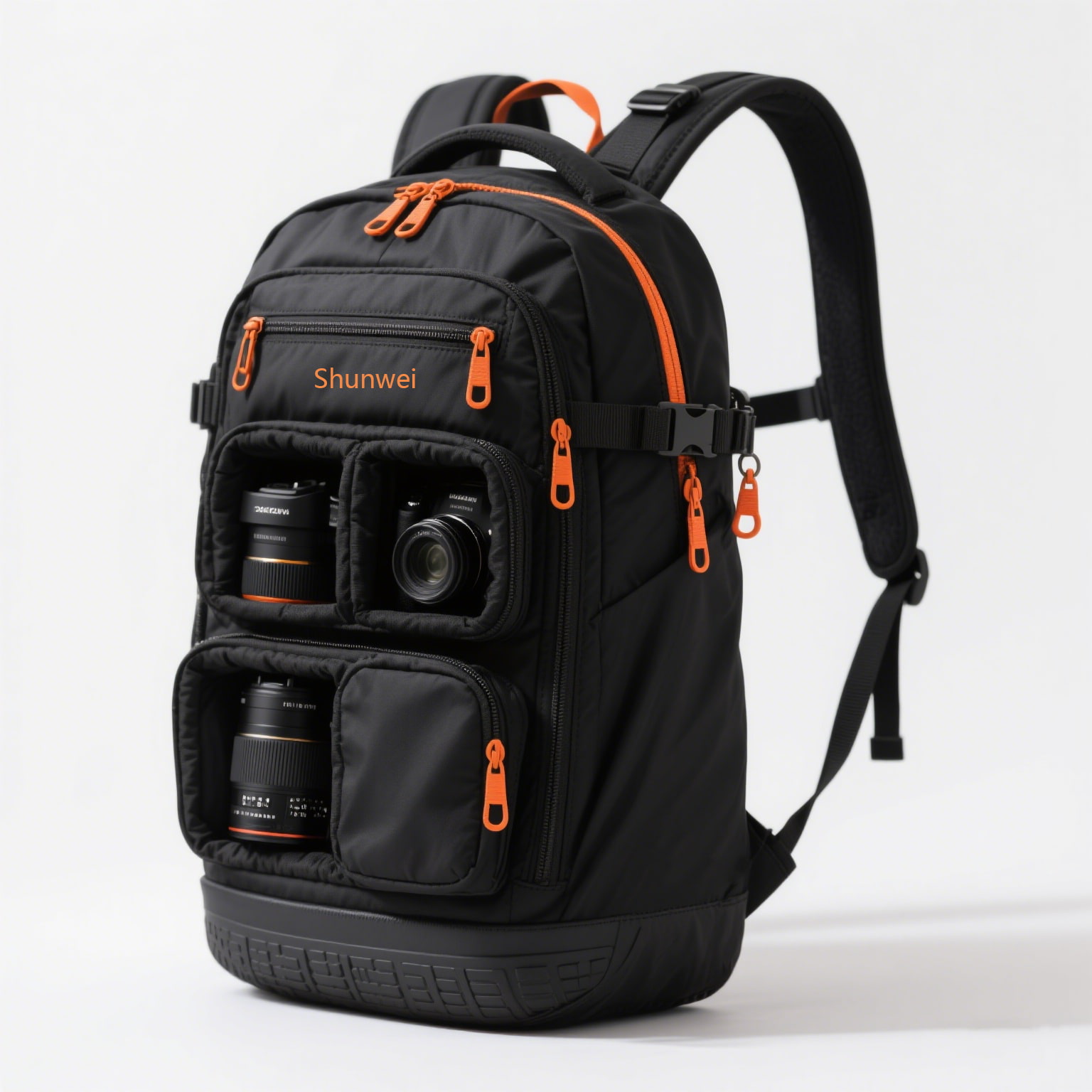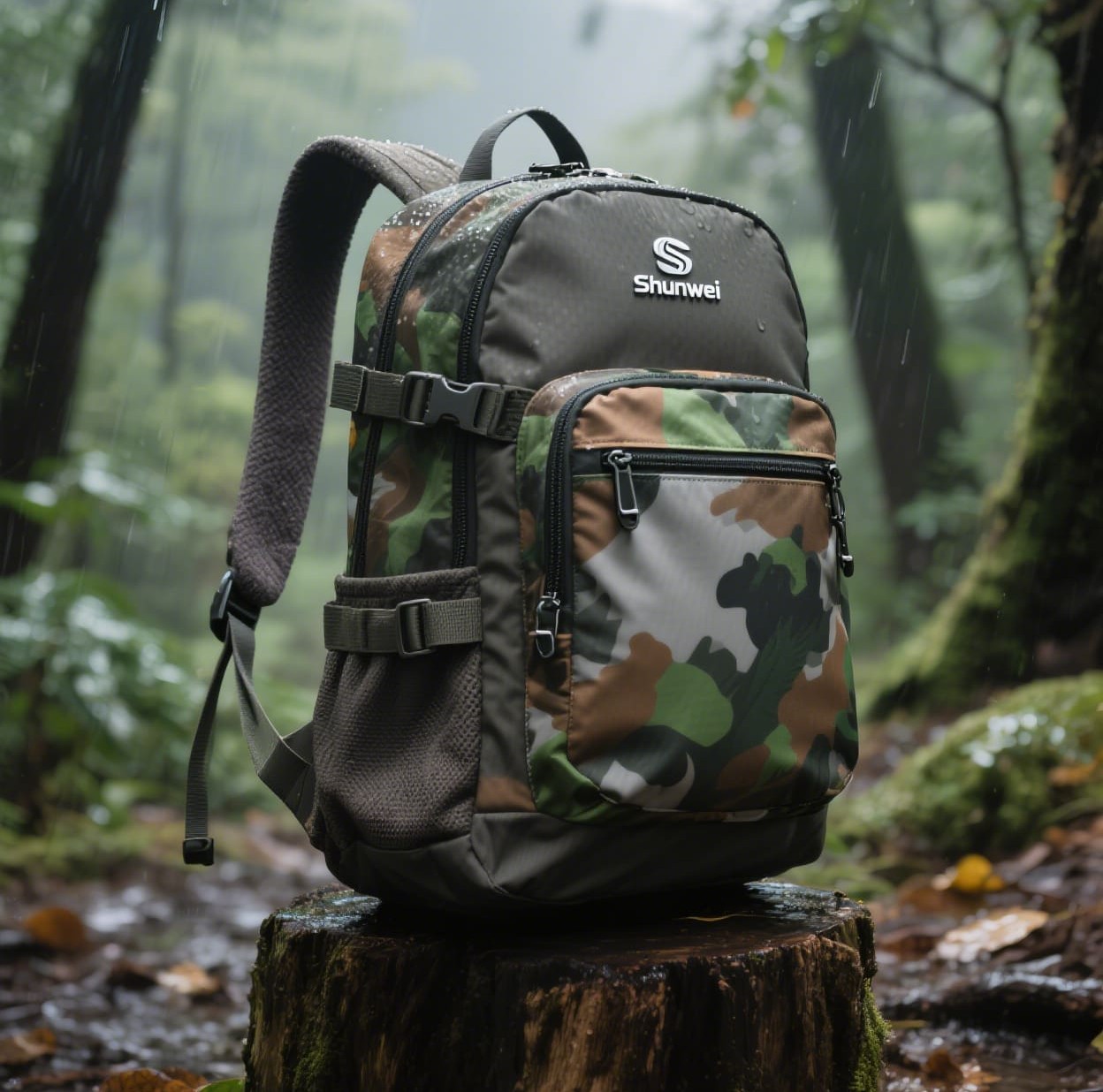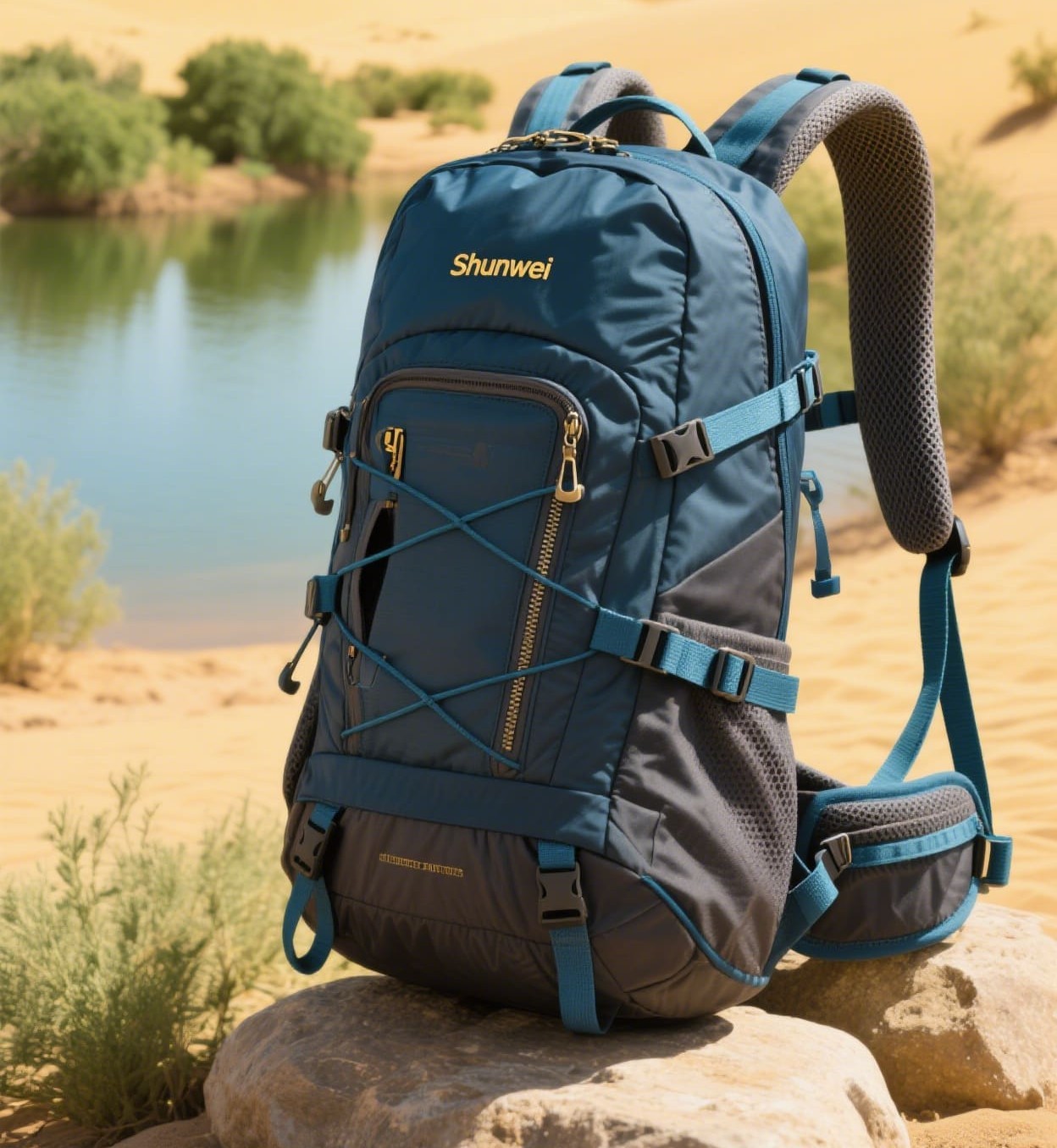پیاده روی:این کوله پشتی کوچک برای یک سفر پیاده روی یک روزه مناسب است. به راحتی می تواند نیازهای ضروری مانند آب، غذا،
بارانی، نقشه و قطب نما. اندازه جمع و جور آن بار زیادی برای کوهنوردان ایجاد نمی کند و حمل آن نسبتا آسان است.
دوچرخه سواری:در طول سفر دوچرخه سواری می توان از این کیف برای نگهداری ابزار تعمیر، لوله های داخلی یدکی، میله های آب و انرژی و ... استفاده کرد.
رفت و آمد شهری:برای مسافران شهری، ظرفیت 15 لیتری برای نگهداری لپ تاپ، اسناد، ناهار و سایر نیازهای روزانه کافی است. طراحی شیک آن را برای استفاده در محیط های شهری مناسب می کند.

